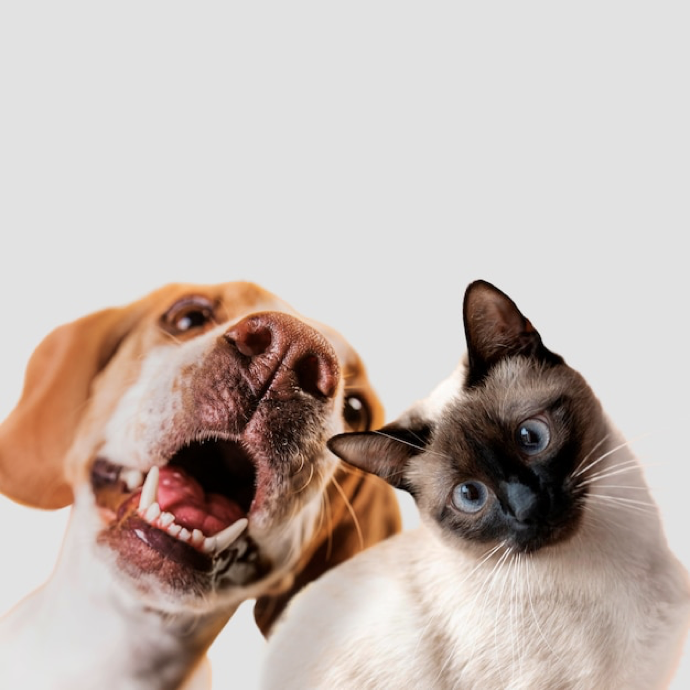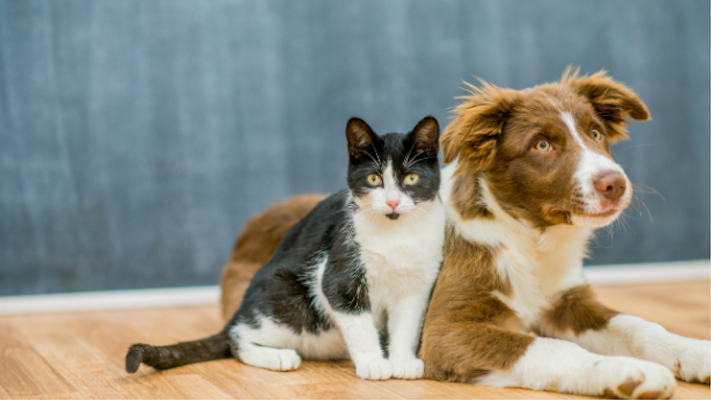Welcome to PetLinx, where innovation meets pet grooming, boarding, and daycare! As pet owners, understanding our furry companions’ behavior is essential for building strong bonds and providing proper care. In this comprehensive guide, we’ll explore the intricacies of canine and feline psychology, highlighting the major differences in their behavior. Whether you’re a seasoned pet owner or a first-time adopter, delving into the world of pet psychology will deepen your connection with your beloved pets.

Understanding Canine Behavior
Canines, or dogs, are known for their loyal and social nature. They thrive on companionship and are often referred to as “man’s best friend.” Understanding canine behavior involves recognizing their pack mentality, communication cues, and unique personality traits.
Pack Mentality
Dogs are descendants of wolves and have inherited a strong pack mentality. They view their human family as part of their pack and seek guidance and leadership from their owners.
Communication Cues
Dogs communicate through body language, vocalizations, and scent. Tail wagging, barking, and ear positioning are just a few of the ways dogs convey their emotions and intentions.
Personality Traits
Each dog has its own personality, influenced by factors such as breed, upbringing, and environment. Some dogs may be outgoing and confident, while others are shy and reserved.

Understanding Feline Behavior
Felines, or cats, are known for their independent and curious nature. Unlike dogs, they are solitary hunters by instinct and have a more territorial disposition. Understanding feline behavior involves recognizing their independent nature, communication cues, and unique behaviors.
Independent Nature
Cats are independent creatures and value their personal space. They enjoy exploring their surroundings and may retreat to quiet places when they need time alone
Communication Cues
Cats communicate through body language, vocalizations, and scent marking. Purring, meowing, and rubbing against objects are common ways cats express themselves.
Unique Behaviors
Cats exhibit a range of unique behaviors, from kneading and grooming to hunting and play. These behaviors are influenced by their natural instincts and individual personalities.
Key Differences between Canine and Feline Behaviors
Social Structure
Canines, being descendants of pack animals, have a hierarchical social structure and thrive on companionship and cooperation. In contrast, felines are solitary hunters by nature and have a more independent social structure. While they may form social bonds with humans and other animals, they are less reliant on group dynamics.
Communication Styles
Canines are known for their expressive body language, including tail wagging, ear positioning, and facial expressions. They also use vocalizations such as barking, growling, and whimpering to communicate. On the other hand, felines communicate primarily through body language, including posture, facial expressions, and tail movements. They also use vocalizations such as meowing, purring, and hissing to convey their emotions and intentions.
Territorial Behavior
Canines are more territorial than felines and may mark their territory through scent marking, urination, and vocalizations. They may also exhibit protective behaviors towards their territory and belongings. Felines, on the other hand, are highly territorial animals and may use scent marking, scratching, and vocalizations to establish and defend their territory.
Play Behavior
Canines often engage in playful behaviors such as chasing, fetching, and wrestling, which mimic their predatory instincts and strengthen social bonds within the pack. Felines also engage in play, but their play behavior is more solitary and focused on hunting-related activities such as stalking, pouncing, and batting at objects.
Grooming Habits
Canines typically groom themselves by licking their fur and may engage in social grooming with pack members. Felines are meticulous groomers and spend a significant amount of time grooming themselves to keep their fur clean and free of parasites. They may also engage in mutual grooming with other cats to strengthen social bonds.
Sleep Patterns
Canines are diurnal animals, meaning they are most active during the day and may nap intermittently. Felines, on the other hand, are crepuscular animals, meaning they are most active during dawn and dusk. They may spend a significant portion of the day sleeping and conserve their energy for hunting activities during low-light periods.

Psychology for Pet Owners
As pet owners, understanding the psychology behind our pets’ behavior is crucial for fostering healthy relationships and providing proper care. By recognizing their communication cues, respecting their individual personalities, and meeting their physical and emotional needs, we can create a nurturing environment where our pets can thrive.
Understanding pet psychology is an ongoing journey that deepens our bond with our furry companions. By delving into the intricacies of canine and feline behavior, we gain valuable insights into their needs, preferences, and emotions. At PetLinx, we’re committed to enhancing the pet grooming, boarding, and daycare experience by providing innovative software solutions tailored to the unique needs of pet owners and professionals. Thank you for choosing PetLinx as your partner in shaping the future of pet care technology!


